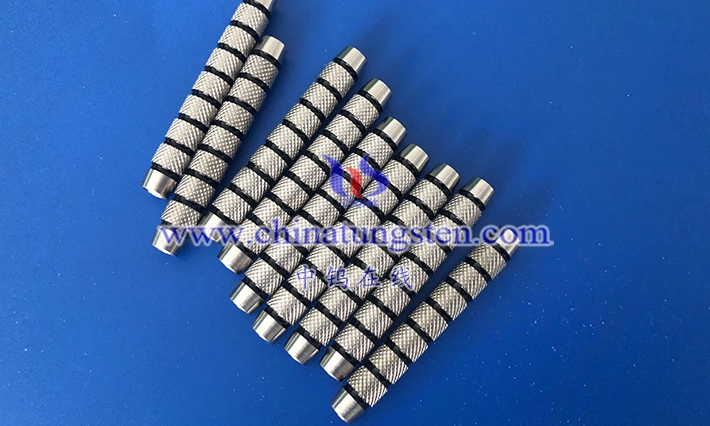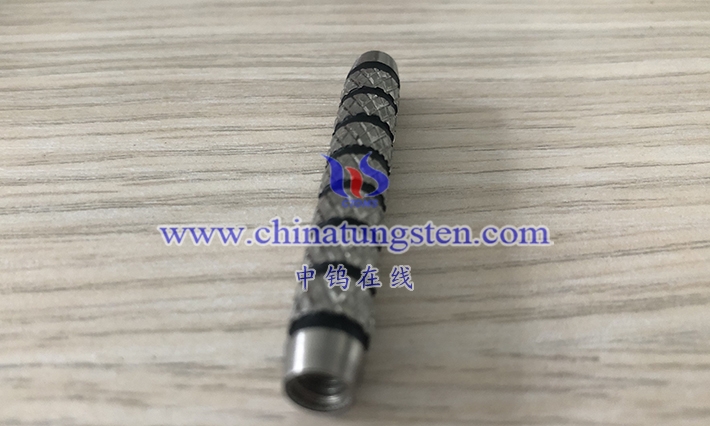Classifying tungsten alloy dart barrels by tungsten content gradient is an industry standard method, using tungsten element mass percentage as the benchmark to divide barrels into high tungsten (above 90%), medium tungsten (80%-90%), and low tungsten (70%-80%) three tiers, directly corresponding to high-end competition, advanced training, and entry-level leisure application scenarios. The classification originates from the proportioning flexibility of powder metallurgy: tungsten powder provides density and rigidity, binder phase (nickel-iron/nickel-copper) provides toughness and machinability, achieving performance gradient tuning by adjusting tungsten powder ratio. High tungsten tier forms continuous skeleton with tungsten particles, binder phase only trace wetting, barrel density extreme, suitable for slim-waist front-weighted design; medium tungsten tier has balanced dense-sparse tungsten network, binder phase buffers impact, suitable for balanced center of gravity; low tungsten tier binder phase dominates matrix, tungsten particles dispersed, providing economy and flexibility. Classification process includes raw material spectral analysis, sintering density testing, finished product X-ray inspection, ensuring intra-tier batch consistency. In application, players select tier based on grip and throwing style: front-weighted attack chooses high tungsten, rear-weighted control chooses medium tungsten, entry practice chooses low tungsten. This classification promotes personalized customization, manufacturers can reverse proportion according to player hand shape, internal cavity gradient matching external contour, achieving “one person one tier” precise adaptation. Environmentally, high tungsten has highest recycling value, low tungsten lowest resource consumption, forming sustainable spectrum. Overall, tungsten content gradient classification transforms material microscopic parameters into macroscopic competitive advantages, building a performance continuum from powder to fingertips.






